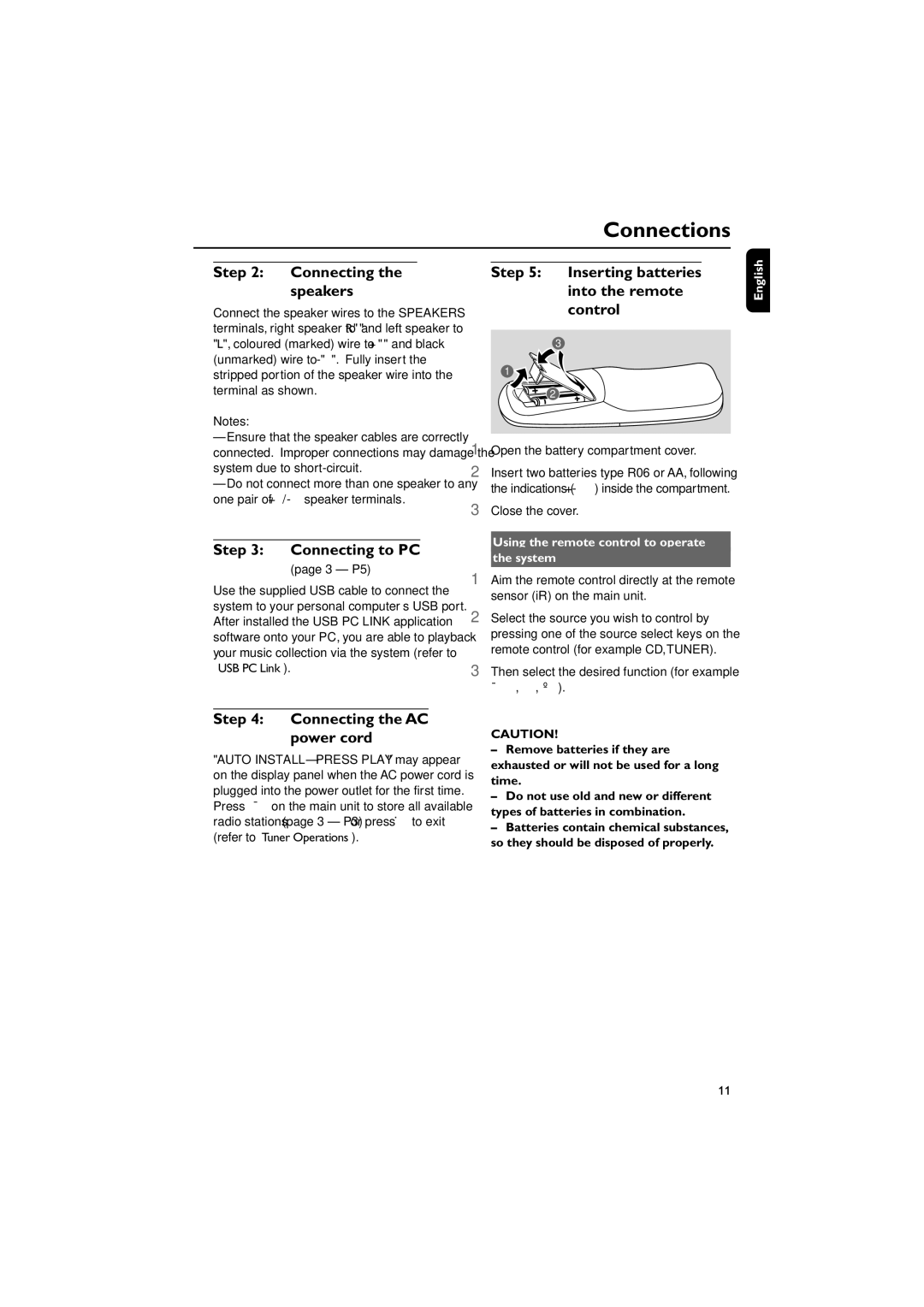pmn specifications
Philips PMN, or Philips Medical Network, represents a cutting-edge approach to patient care and healthcare management, designed to revolutionize the medical landscape. With its commitment to improving clinical outcomes, Philips PMN integrates advanced technologies, enhancing connectivity and collaboration among healthcare professionals.One of the main features of the Philips PMN is its robust data analytics capabilities. The platform collects and analyzes vast amounts of patient data in real-time, allowing healthcare providers to make informed decisions quickly. This data-driven approach supports proactive patient management, enabling early interventions when necessary.
Another key characteristic of Philips PMN is its interoperability. The system seamlessly integrates with various medical devices and electronic health records (EHRs), creating a holistic view of patient health. This interoperability ensures that healthcare providers have access to comprehensive patient information, facilitating better coordinated care.
The Philips PMN also emphasizes patient engagement through its user-friendly interface. Patients can easily access their health information, receive reminders for appointments, and participate actively in their care. The emphasis on patient empowerment not only enhances adherence to treatment plans but also fosters a collaborative relationship between patients and providers.
Telehealth is another significant component of Philips PMN, especially in today’s fast-evolving healthcare environment. The platform facilitates virtual consultations, allowing patients to connect with healthcare professionals remotely. This feature enhances accessibility, particularly for those in rural areas or with mobility challenges.
Moreover, Philips PMN harnesses the power of artificial intelligence (AI) and machine learning. These technologies analyze patterns in patient data, predicting potential health issues and suggesting preventative measures. The AI-driven insights can lead to personalized treatment plans, optimizing patient outcomes.
Security is a top priority for Philips PMN. The platform employs robust cybersecurity measures to protect patient data and privacy, adhering to industry regulations. This commitment to security ensures that both patients and healthcare providers can trust the system.
In summary, Philips PMN is a comprehensive healthcare solution that integrates advanced analytics, interoperability, patient engagement, telehealth capabilities, AI, and stringent security measures. By focusing on these innovative technologies and features, Philips PMN is poised to significantly enhance the quality of care and improve patient outcomes across the healthcare spectrum.

